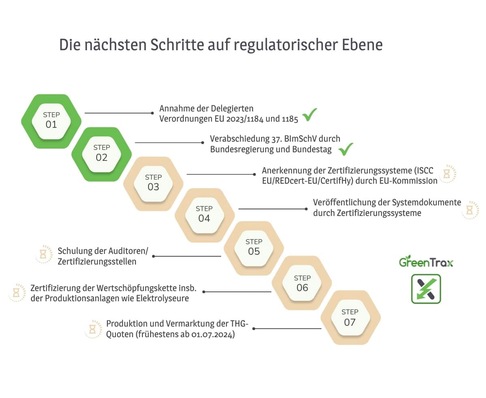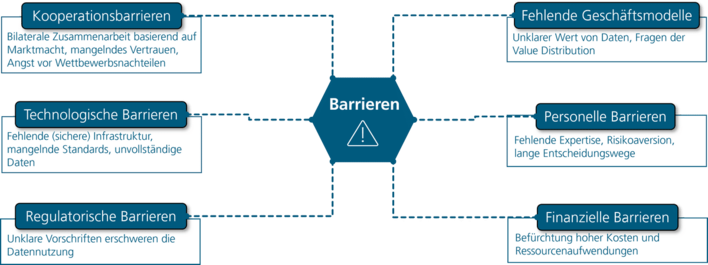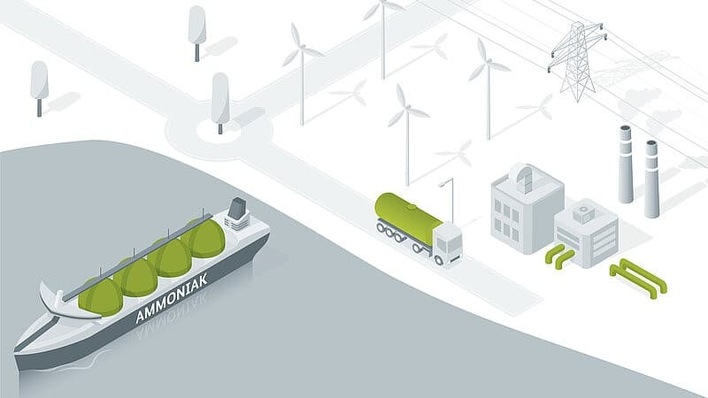On July 2, 2025, the European Commission presented a proposal to amend the EU Climate Law. The aim is to reduce net greenhouse gas (GHG) emissions by 90 percent by 2040 compared to 1990 levels. This new interim target is intended to secure the path to the legally binding goal of climate neutrality by 2050. The proposal is based on a comprehensive impact assessment as well as recommendations from the European Scientific Advisory Board on Climate Change and the Intergovernmental Panel on Climate Change (IPCC). It was developed following consultations with Member States, the European Parliament, stakeholders and civil society.
The new proposal marks a departure from previous sector-specific targets. In the future, Member States will be able to offset emission reductions across sectors. For example, Germany could compensate for the near standstill in the transport sector with rapid progress in the electricity sector. Sector targets had been introduced to ensure that all sectors contribute.
From 2036 onwards, high-quality international emission credits may also be counted to a limited extent. Permanent CO2 removal under the EU Emissions Trading System (EU ETS) is also to be given greater consideration. The Commission emphasizes that the measures should be cost-efficient, technology-neutral and socially balanced.
The new climate target is closely linked to the EU’s so-called Clean Industrial Deal. This is intended to safeguard the competitiveness of European industry while simultaneously advancing decarbonization. Recent measures include a new framework for state aid, tax incentives for investments in clean technologies, and guidelines for better use of EU regulations on renewable energy.
A simplified carbon border adjustment mechanism (CBAM) is also intended to reduce the administrative burden for importers. Ninety percent of importers have been exempted from the reporting obligation. A comprehensive review of the CBAM is scheduled for the end of 2025. Commission President Ursula von der Leyen stated: “As European citizens increasingly feel the effects of climate change, they expect Europe to act. Industry and investors expect us to provide a predictable direction of travel. Today we are showing that we are firmly committed to our obligation to decarbonize the European economy by 2050. The goal is clear, the journey is pragmatic and realistic.”
The proposal will now be submitted to the European Parliament and the Council for deliberation and adoption under the ordinary legislative procedure. A formally adopted 2040 target is to serve as a guideline for the EU’s policy framework beyond 2030. Ahead of the UN Climate Conference COP30 in November 2025 in Belém (Brazil), the Commission, together with the Council Presidency, intends to update the EU’s nationally determined contribution (NDC). This is intended to underline the EU’s commitment to the Paris Climate Agreement.
The industry association Hydrogen Europe welcomes the amendments to the Climate Protection Act. According to the association, the EU is thereby sending clear investment signals for renewable and low-emission H2 solutions in industry, mobility and energy. However, the CEO of Hydrogen Europe, Jorgo Chatzimarkakis, is also calling for greater planning certainty. This would require a swift adjustment of EU state aid law, targeted funding lines for electrolysis capacities, a binding expansion plan for the hydrogen core network, as well as robust sustainability standards for international credits. “We see the tightening of the EU climate target as a major opportunity to finally bring hydrogen into the mass market. With the new 2040 pathway, Europe is presenting a clear guiding framework for investors, positioning both renewable and low-carbon hydrogen as affordable, scalable solutions for residual emissions. We advocate for an integrated infrastructure and support package that rapidly expands electrolyzers, storage and pipelines, secures industrial value creation and strengthens Europe’s technological leadership. This way, climate protection, security of supply and competitiveness remain in harmony,” says Chatzimarkakis. 









